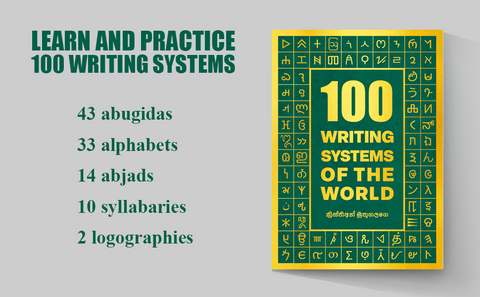The Enigmatic Fraser Script: Unveiling the Secrets of Old Lisu
1. Script type: The Fraser script, also known as Old Lisu, is a unique and intriguing writing system that represents the sounds of the Lisu language through distinct characters or letters. It is classified as an alphabetic script, where each symbol corresponds to a specific phonetic value.
2. Writing direction: The Fraser script is written horizontally from left to right, following the standard pattern of many modern scripts.
3. Creator and invention time: The Fraser script was created by James Outram Fraser, a Brittish linguist and missionary, in the early 20th century. Fraser developed the script to provide the Lisu people, an ethnic group residing in the mountainous regions of China, Myanmar, India, and Thailand, with a written form for their language.
4. Time period of use: The Fraser script was primarily used during Fraser's time working with the Lisu community in the early 20th century. It served as a means of communication and literacy for the Lisu people in areas influenced by Fraser's mission work.
5. Population and current usage: The Fraser script is no longer actively used by the Lisu community today. It had limited usage during the period of Fraser's mission work, but it gradually fell out of use as other writing systems, such as the Latin-based Lisu script, gained prominence.
6. Usage area: Geographically, the Fraser script was primarily used in regions inhabited by the Lisu people, including parts of China, Myanmar, India, and Thailand. It was employed as a tool for communication and literacy among the Lisu population.
7. Languages associated with the script: The Fraser script was specifically designed to write the Lisu language, an Tibeto-Burman language spoken by the Lisu people. It provided a means for preserving their oral traditions, recording their history, and facilitating communication within their community.
Interesting Facts:
- James Outram Fraser's development of the Fraser script was inspired by his missionary work and his desire to empower the Lisu community by providing them with a written form for their language.
- The Fraser script consists of a set of distinct characters that were based on the traditional Lisu pictographic symbols, but modified and standardized for the purpose of creating a practical writing system.
- Fraser's work in developing the script involved creating a comprehensive alphabet, grammar rules, and teaching materials to enable the Lisu people to read and write in their language.
- The adoption of the Fraser script among the Lisu community during Fraser's time was a testament to their openness to literacy and their appreciation for the value of preserving their cultural heritage.
- The Fraser script played a significant role in the preservation of Lisu folklore, historical accounts, and religious texts, which were previously transmitted orally but could now be recorded in written form.
- Over time, the Fraser script gradually gave way to other writing systems, particularly the Latin-based Lisu script, which became more widely adopted among the Lisu population.
- Despite its limited usage today, the Fraser script remains a valuable historical artifact and an important part of the cultural and linguistic history of the Lisu people.
The Fraser script, or Old Lisu, serves as a remarkable testament to James Outram Fraser's efforts to empower the Lisu community through literacy and preserve their language and culture. While the script is no longer in active use, its legacy as a bridge between oral and written tradition stands as a testament to the enduring value of language and its role in preserving the identity and heritage of communities around the world.

Practice Fraser and other scripts with our book "100 Writing Systems of the World"!
Discover 100 diverse writing systems from around the globe in one captivating book. Practice writing different scripts with full character charts and essential information provided. Let your imagination soar on the blank right pages as you explore 43 abugidas, 33 alphabets, 14 abjads, 10 syllabaries, and 2 logographic scripts. Dive into numeral systems and even design your own writing system. Immerse yourself in the beauty and diversity of global scripts today with "100 Writing Systems of the World." Unleash your creativity and order now!
